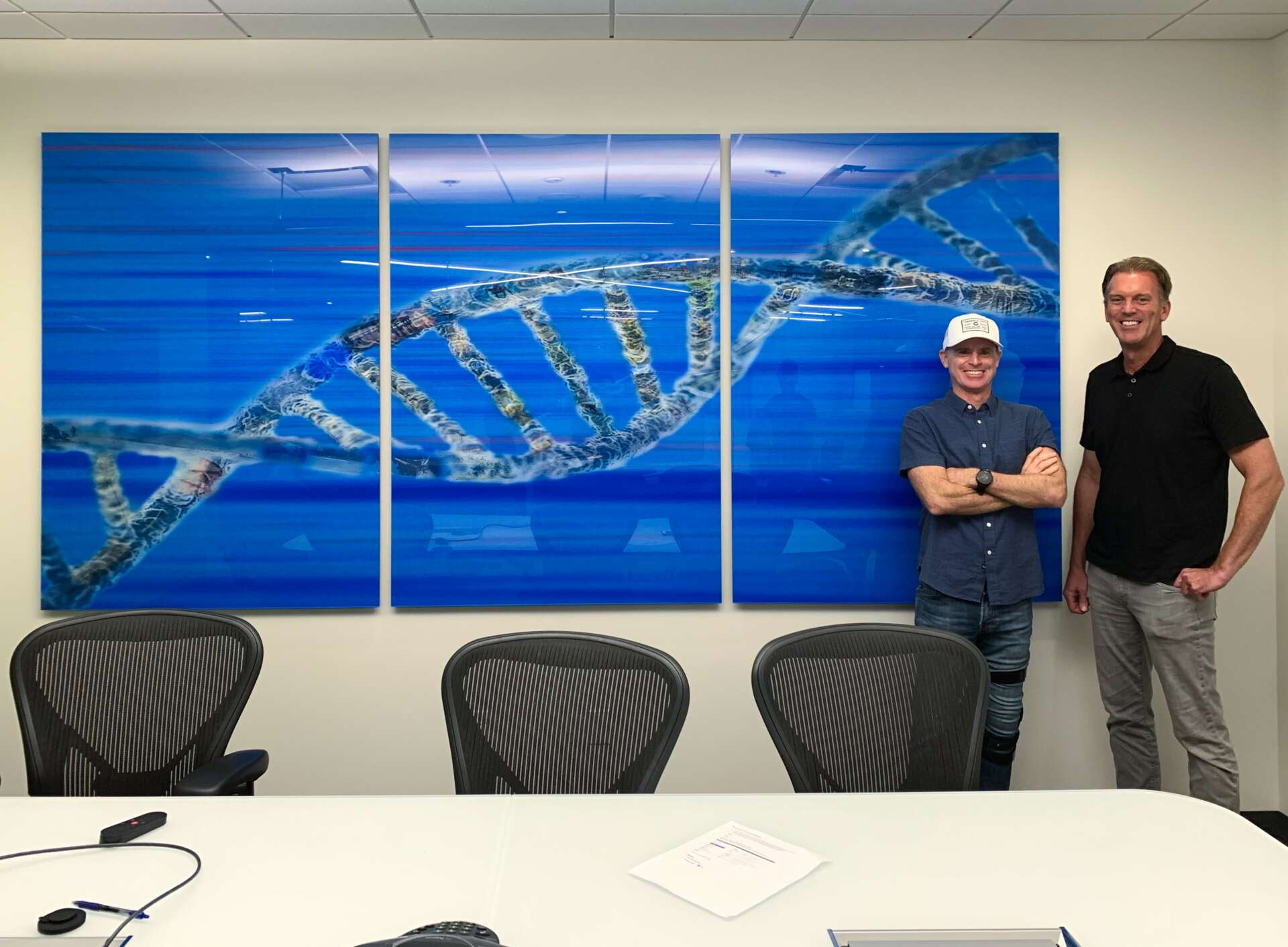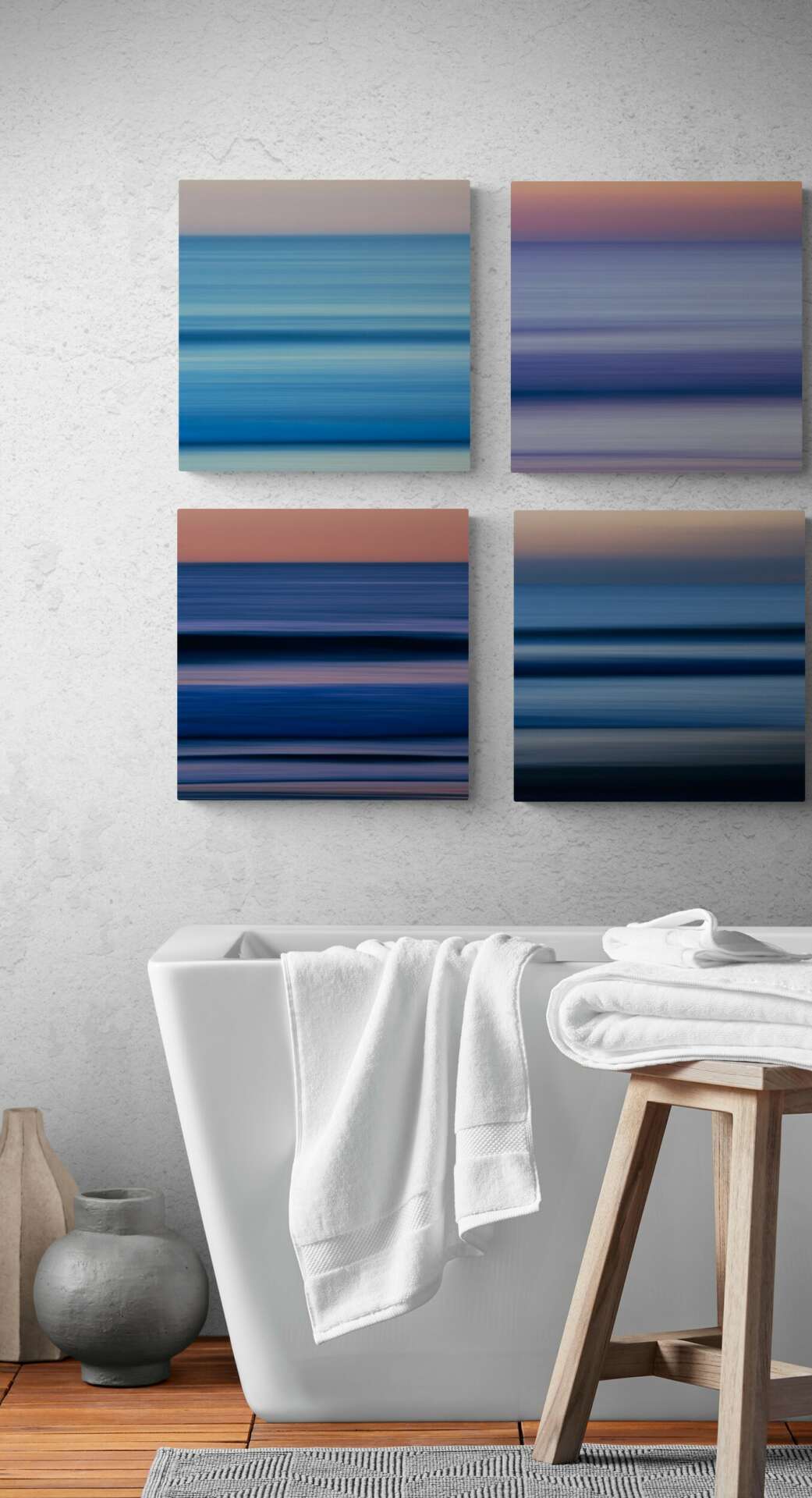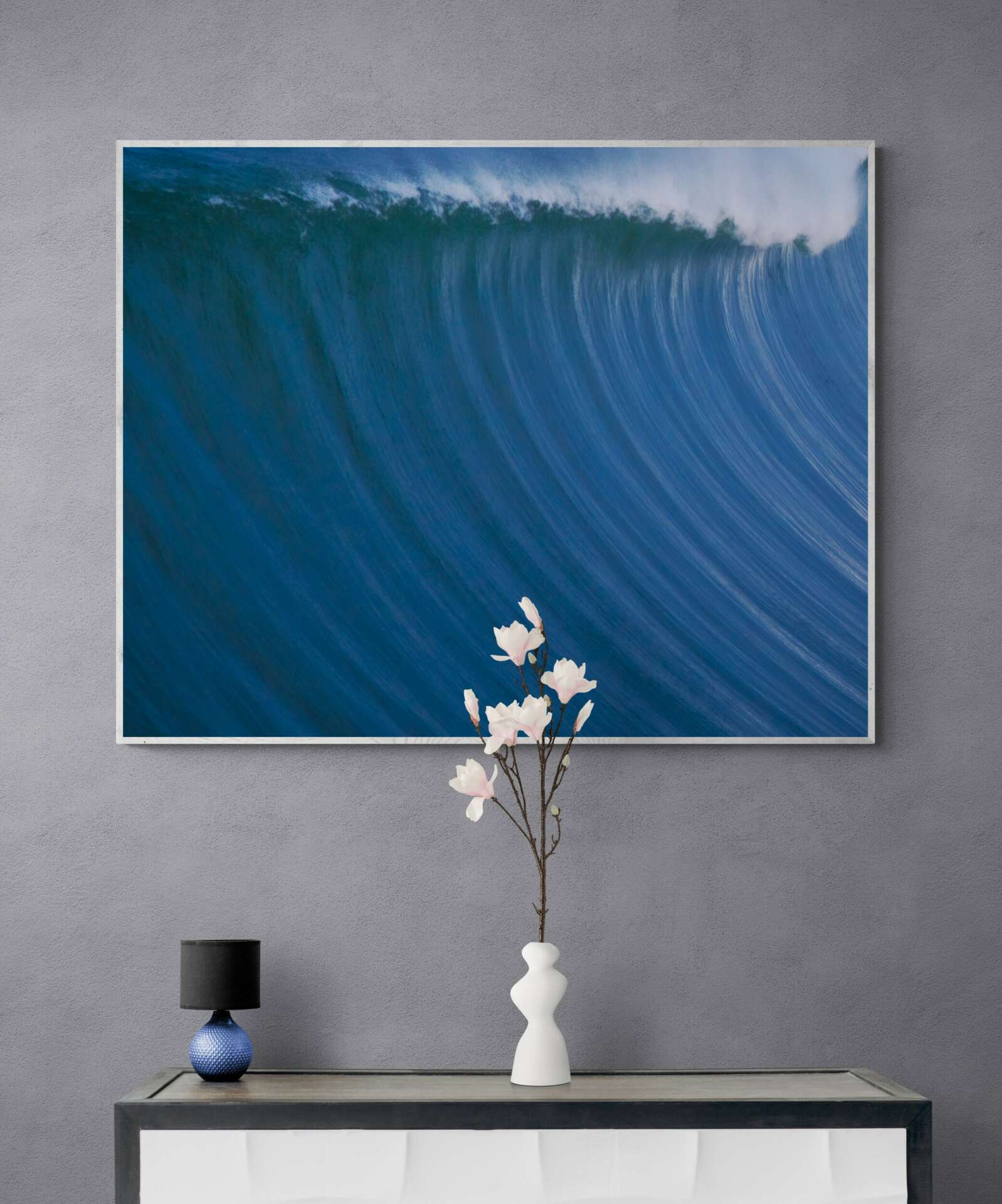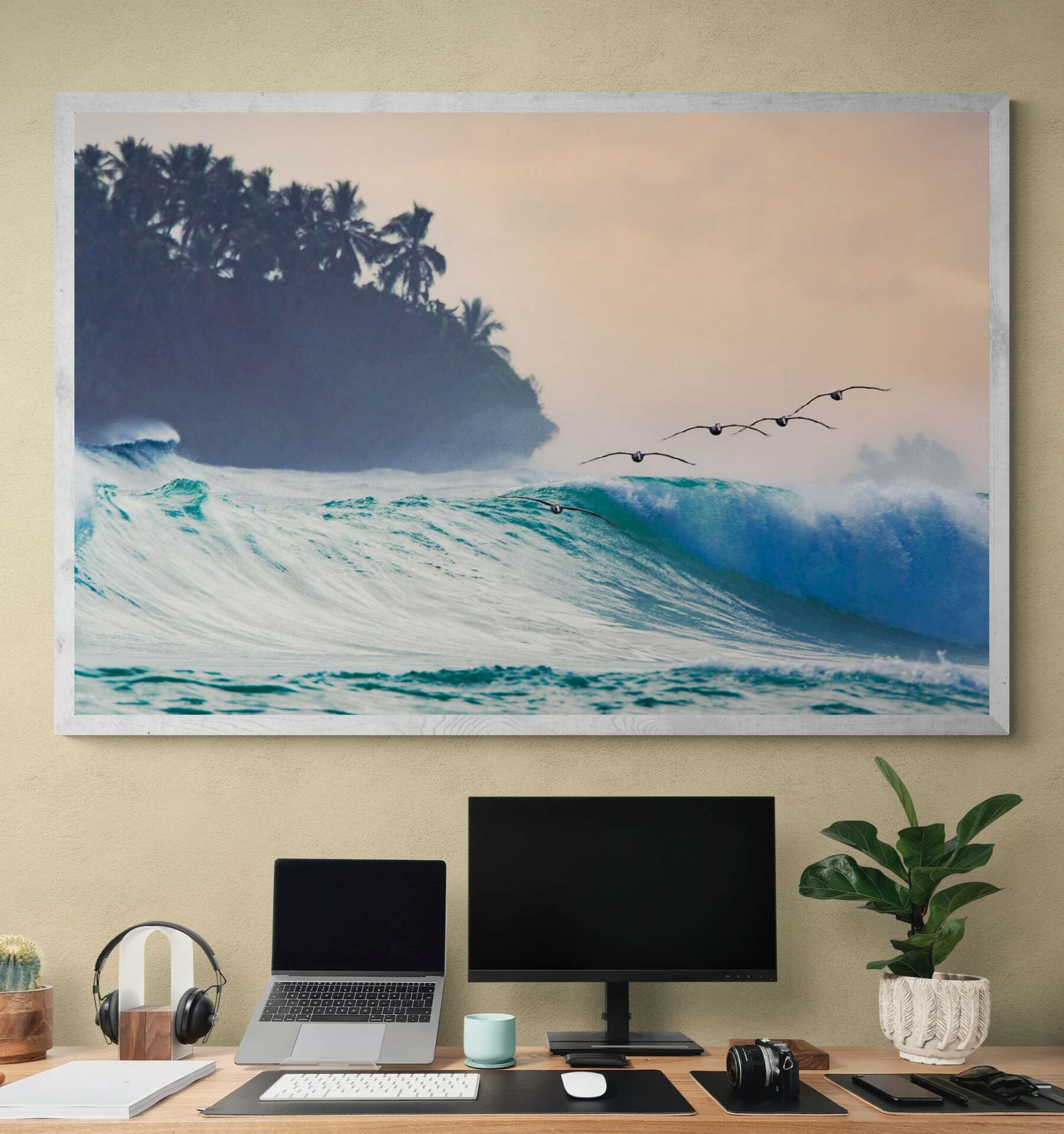We’re excited to introduce you to the always interesting and insightful Derek Emge. We hope you’ll enjoy our conversation with Derek below.
Derek, appreciate you joining us today. Are you able to earn a full-time living from your creative work? If so, can you walk us through your journey and how you made it happen?
Following 30 years as a litigation attorney, I transitioned into full time photography. Surprisingly, there are a number of similarities between the two careers. Being in a courtroom reinforced my understanding that people are primarily visual. Using visual evidence in the courtroom has an outsized impact on the results sought. People attach meaning and emotion to photographic images, both positive and negative. Lighting and angles dramatically affect the way imagery is perceived.
Similarly, one learns when working with clients that no two people are alike. Every client has specific needs and desires, whether it is in litigation or when choosing art for their walls. It is critical to listen and understand one’s client to create the best result.
Taking these perspectives from one career to the next has allowed my to collaborate with new clients in very positive ways.



Great, appreciate you sharing that with us. Before we ask you to share more of your insights, can you take a moment to introduce yourself and how you got to where you are today to our readers
I received my first camera in 7th grade and have never stopped shooting. From darkroom work in college to the current digital landscape, my photography has followed along. Life continually presents opportunities to distill experiences into single images and many years ago I realized that my most poignant memories of a place or experience are formed by the pictures I took. I can look at a picture I took 30 years ago and tell you exactly where it was and what I was feeling at the moment. Over time, I strove to create images that evoke similar feelings and emotions in those that view my images. If I’m shooting a surfing event, I love to get in tight with the surfer to show their effort, fear or joy, whether it is an expression on their face or the drag of their fingers along the face of a wave. If I’m shooting a waterfall in the Rockies on a rainy day, I strive to share the roar of the water so the viewer feels and hears as well as sees the experience. The best images carry this secondary sensation.
One of the truly rewarding aspects of photography is working with a client to fill a particular space on their wall. They submit a picture of the blank wall and the process of exploration begins with me putting down a series of trial images in different sizes and presentations (framed, unframed, printed on metal, etc). When a concept resonates, we work together to select different images and then color grading of the best image to compliment the room where it is to be hung. This process is unique to photography and one that simply is not used enough by photographers and those that are buying wall art. Not only does it guarantee the best presentation for the wall, but it is both engaging and fulfilling for the collector as well as me.



What do you find most rewarding about being a creative?
I approach photography as a passion unburdened by the absolute need to just make a living. I understand that my prior career has allowed me the freedom to approach the current career in this matter and am grateful for it. So while large projects are rewarding, it is the opportunity to work directly with individuals that is the most rewarding.
Ever person I have ever met has room for fine art on their walls, but most people have other financial concerns that come first. Yet, when someone decides to treat themselves to a piece of art, it is a special moment and one that should be fully embraced. Knowing that this person is making perhaps a one-time purchase and that they will likely see the piece every day means that the image must really resonate. So when a collector works with me to make a selection of a particular image, I know how special it is to them and I know that I have the opportunity to bring a smile to their face for years to come.
In your view, what can society to do to best support artists, creatives and a thriving creative ecosystem?
We are living in an era where new imagery is brought to us on a constant basis. Museums are replaced by pictures on one’s phone. This is a two-edged sword. On one hand, there is a exhausting aspect to the constant bombardment of images. On the other hand, more and more people are unconsciously refining what they like and appreciate in an image, thus allowing them to have a far more disciplined approach to selecting a permanent image to hang on their wall. This expanding awareness is a boon to society as a whole; artists thrive and consumers benefit. We should not accept empty walls and ugly art. Following photographers and artists that one likes on social media and commenting on their postings is a phenomenal way to support all creatives. Interaction with the masses is the current reality and one that will continue to drive creatives forward. Of course, purchasing an image for one’s own wall is the ultimate expression of support!
Contact Info:
- Website: www.DerekEmgePhotography.com
- Instagram: DerekEmgePhotography
- Facebook: DerekEmgePhotography
Image Credits
Derek Emge


